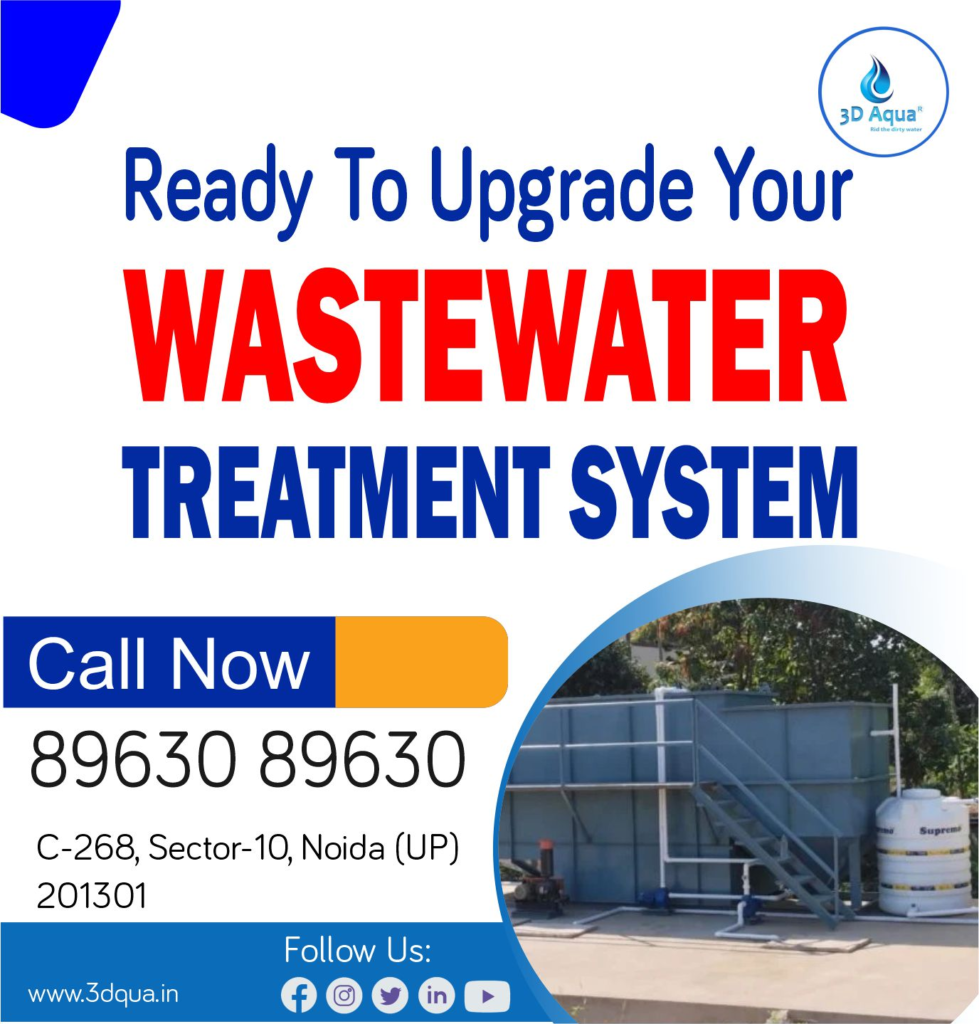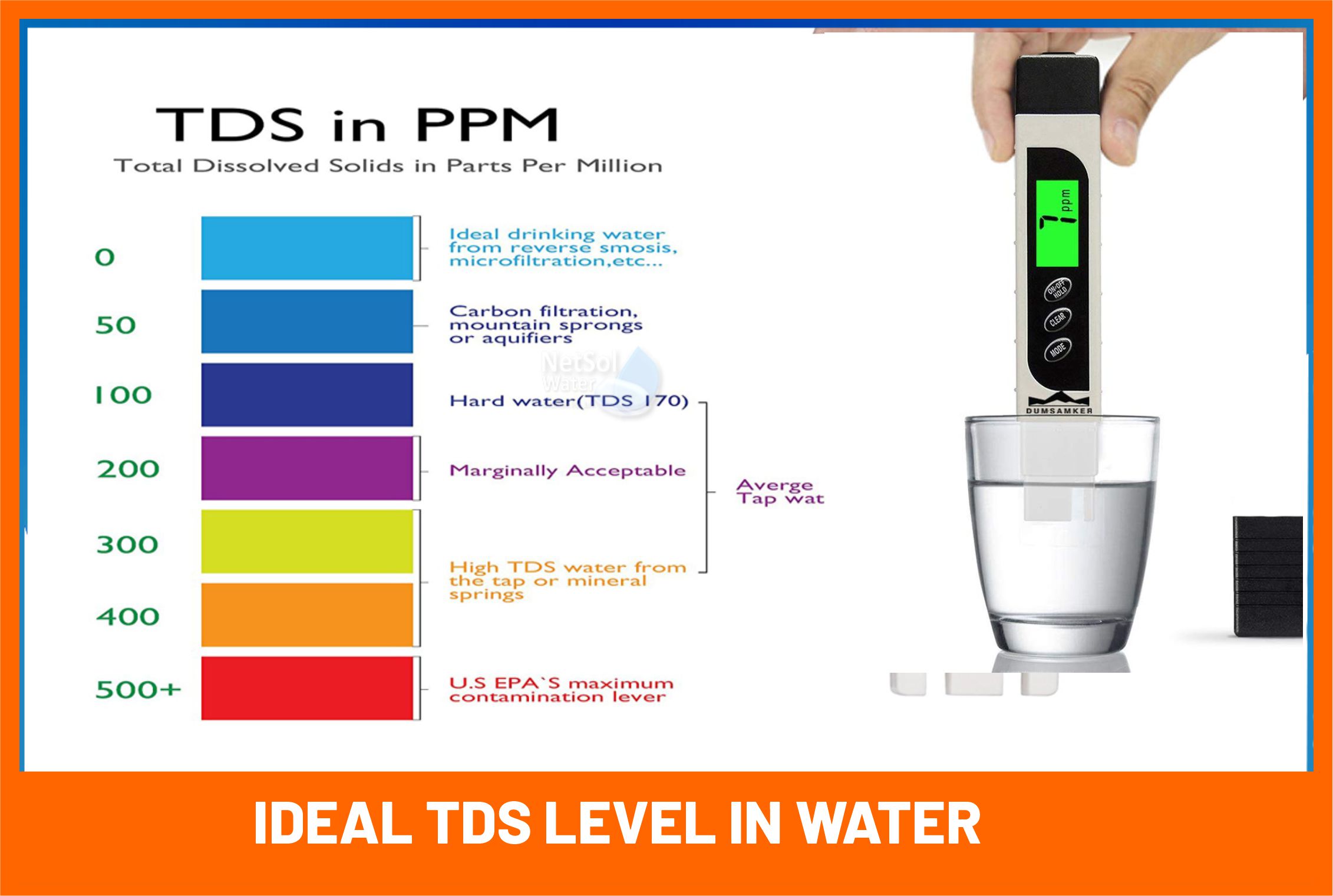Understanding Total Dissolved Solids (TDS) in Drinking Water: A Comprehensive Guide
Water is essential for life, and its quality directly impacts our health and well-being. One crucial aspect of water quality is its Total Dissolved Solids (TDS) level. TDS measures all inorganic and organic substances dissolved in water, from minerals to salts and metals. This article explores the significance of TDS in drinking water, the ideal TDS levels, and the implications of various TDS ranges on health and water quality.
What is TDS?
Total Dissolved Solids (TDS) refers to the collective amount of dissolved substances in water. These substances can include inorganic salts like magnesium, calcium, potassium, and sodium, as well as organic compounds. TDS is typically measured in parts per million (ppm) or milligrams per liter (mg/L). The presence of dissolved solids in water is a natural phenomenon and often contributes to the water’s taste and mineral content.
The Ideal TDS Level in Drinking Water
Global Standards and Guidelines
According to the World Health Organization (WHO), there is no specific health-based guideline value for TDS in drinking water. This is because TDS itself does not pose a direct health risk. Instead, the concern often revolves around the types of dissolved substances present in the water. For instance, while some minerals are beneficial in moderate amounts, excessively high levels of certain contaminants can be harmful.
In contrast, the Bureau of Indian Standards (BIS) provides specific guidelines for TDS levels in drinking water. BIS stipulates that the acceptable limit for TDS in drinking water is 500 mg/L. This standard reflects both the palatability and safety of water. If no alternative source of drinking water is available, the acceptable limit can be extended to 2,000 mg/L. Water with TDS levels higher than 500 mg/L may affect taste and potentially cause gastrointestinal issues, which is why it’s important to monitor and manage TDS levels.
Palatability and TDS Levels
The taste of water can vary significantly based on its TDS level. The Bureau of Indian Standards has classified the palatability of water into several categories based on TDS concentration:
- <300 mg/L: Excellent – Water with TDS below 300 mg/L is generally considered to have excellent taste and quality.
- 300-600 mg/L: Good – This range is also considered good, though the taste might be slightly noticeable to those who prefer very low TDS.
- 600-900 mg/L: Fair – Water in this range may have a noticeable taste, and its acceptability might be lower for some individuals.
- 900-1200 mg/L: Poor – At this level, water taste can be quite pronounced, and it may not be considered pleasant.
- >1200 mg/L: Not Acceptable – Water with TDS above 1200 mg/L is typically deemed unacceptable due to its poor taste and potential health concerns.
Benefits and Risks of Dissolved Solids in Water
Beneficial Minerals
Certain dissolved minerals in water, such as calcium, magnesium, and potassium, are beneficial for human health. They contribute to essential bodily functions like bone health and cardiovascular function. Water with very low TDS levels may lack these important minerals, which can result in a bland taste and potentially impact overall health.
Potential Health Risks
While beneficial minerals are important, excessively high TDS levels can pose health risks. High TDS often indicates a higher concentration of salts and metals that may include harmful contaminants. For example:
- Heavy Metals: High TDS levels can be associated with elevated concentrations of heavy metals like lead or arsenic, which are harmful even in small amounts.
- Salts: Excessive sodium or chloride levels can be problematic for individuals with hypertension or kidney conditions.
Recommended TDS Ranges for Different Uses
Drinking Water
The ideal TDS range for drinking water balances mineral content with palatability and safety:
- <50 mg/L: Not Acceptable – Water with very low TDS lacks essential minerals, making it less ideal for consumption.
- 50-150 mg/L: Acceptable – This range is considered ideal for drinking water, offering a good balance of minerals and taste.
- 150-250 mg/L: Acceptable – This range is also considered beneficial for cardiovascular health and overall taste.
- 250-350 mg/L: Acceptable – Many urban areas have water within this range, which is generally acceptable for consumption.
- 350-500 mg/L: Acceptable – As per BIS guidelines, this range is acceptable, though some individuals may find the taste less pleasant.
Water Purification and High TDS Levels
For water with TDS levels exceeding 500 mg/L, additional treatment may be necessary:
- 500-900 mg/L: Not Acceptable – At this level, using a Reverse Osmosis (RO) water purifier with a TDS controller or mineralizer is recommended.
- 900-1200 mg/L: Not Acceptable – RO purifiers equipped with advanced features are necessary to reduce TDS effectively.
- 1200-2000 mg/L: Not Acceptable and Unfit for Consumption – Water with such high TDS requires specialized RO systems designed to handle extreme levels of impurities.
Extremely High TDS Levels
If the TDS level exceeds 2000 mg/L, most residential water purifiers will not be sufficient. Specialized large-scale RO plants or alternative purification methods may be necessary to ensure the water is safe for consumption.
Conclusion
Understanding TDS and its implications is crucial for ensuring the quality and safety of drinking water. While TDS itself is not a direct health hazard, the types and concentrations of dissolved substances are essential in determining water quality. By adhering to recommended TDS guidelines and using appropriate water purification systems, you can ensure that your drinking water is both safe and pleasant to consume.
Monitoring TDS levels, especially in areas with known water quality issues, and using reliable purification methods will help maintain optimal water quality for health and daily use.
FAQs on Total Dissolved Solids (TDS) in Drinking Water
1. What is Total Dissolved Solids (TDS) in water?
Answer: Total Dissolved Solids (TDS) refers to the combined concentration of all inorganic and organic substances dissolved in water. These include minerals, salts, and metals. TDS is measured in parts per million (ppm) or milligrams per liter (mg/L).
2. Why is TDS important in drinking water?
Answer: TDS is important because it affects water taste and quality. While some dissolved minerals are beneficial for health, excessively high TDS levels can indicate the presence of harmful substances or affect the water’s palatability.
3. What are the ideal TDS levels for drinking water?
Answer: The ideal TDS level for drinking water varies:
- <50 mg/L: Not acceptable, as it lacks essential minerals.
- 50-150 mg/L: Considered ideal and acceptable.
- 150-250 mg/L: Also acceptable, particularly beneficial for cardiovascular health.
- 250-350 mg/L: Acceptable, common in urban areas.
- 350-500 mg/L: Acceptable, though taste may vary.
4. What TDS levels are considered unacceptable for drinking water?
Answer: TDS levels higher than:
- 500 mg/L: May affect taste and cause gastrointestinal issues.
- 900 mg/L: Generally poor taste and requires treatment.
- 1200 mg/L: Poor taste and unfit for consumption without advanced purification.
- 2000 mg/L: Unfit for consumption; specialized purification systems are needed.
5. How does high TDS affect water quality and health?
Answer: High TDS levels can affect water taste and may indicate the presence of excessive salts or metals. Some contaminants associated with high TDS can be harmful, such as heavy metals (lead, arsenic) or excessive sodium.
6. What is the recommended TDS range for optimal taste?
Answer: The palatability of water based on TDS is rated as follows:
- <300 mg/L: Excellent
- 300-600 mg/L: Good
- 600-900 mg/L: Fair
- 900-1200 mg/L: Poor
- >1200 mg/L: Not acceptable
7. How can I reduce TDS in my drinking water?
Answer: To reduce TDS levels, you can use water purification systems such as Reverse Osmosis (RO) units. For high TDS levels, ensure the RO system has a TDS controller or mineralizer to manage the concentration effectively.
8. Is there a lower limit for TDS in drinking water?
Answer: There is no official lower limit, but water with TDS below 50 mg/L may lack essential minerals. A TDS level of at least 80 mg/L is generally considered acceptable to ensure a balanced mineral content.
9. What should I do if my water has a TDS level above 2000 mg/L?
Answer: Water with TDS levels above 2000 mg/L is typically unfit for consumption with standard home purifiers. You may need to invest in a specialized large-scale RO plant or seek alternative purification methods to ensure the water is safe to drink.
10. How does TDS affect the pH level of water?
Answer: TDS levels can influence the pH of water. Extremely low TDS may lead to bland-tasting water and can affect the pH balance. The Bureau of Indian Standards (BIS) specifies that the pH of drinking water should be between 6.5 and 8.5.
11. Can TDS levels in water affect my health directly?
Answer: While TDS itself is not a direct health hazard, high TDS levels may indicate the presence of harmful substances like heavy metals or excessive salts, which can have health implications. It’s important to monitor the types of dissolved solids in addition to the TDS level.
12. What are some common sources of high TDS in drinking water?
Answer: Common sources of high TDS include mineral-rich natural sources, agricultural runoff, industrial discharges, and the use of certain water treatment chemicals.
13. How often should I check the TDS level of my drinking water?
Answer: Regularly checking the TDS level, especially if you notice changes in taste or if your water source changes, is advisable. For households using purification systems, checking TDS levels every few months can help ensure the system is functioning correctly.
14. Are there any health benefits associated with higher TDS levels?
Answer: Moderate levels of certain minerals in water, like calcium and magnesium, can be beneficial to health, contributing to bone strength and cardiovascular function. However, excessively high TDS levels may indicate the presence of harmful substances and should be managed carefully.
15. Where can I get a TDS meter to measure my water?
Answer: TDS meters are widely available online, in home improvement stores, and from specialty water testing suppliers. These devices are relatively affordable and easy to use for monitoring the TDS levels in your drinking water.



